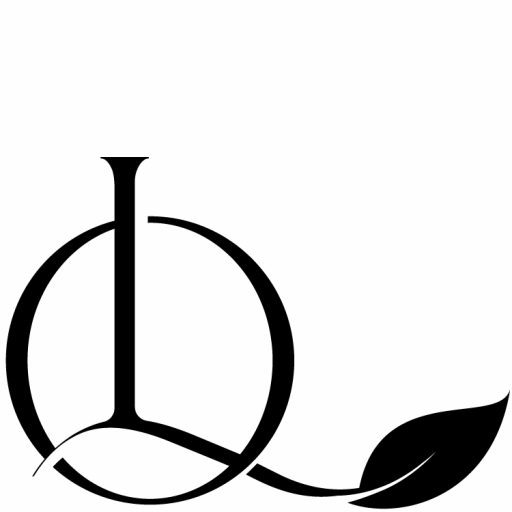Apple Leather
Material made using the leftover pomace and peel of Apple
Apple leather is a type of eco-friendly leather alternative made from apple peel and cores, which are typically discarded as waste. The material is created through a process of grinding and blending the fruit waste into a fine powder, which is then mixed with a binding agent, such as polyurethane, to create a pliable and durable material that can be used in a variety of products.
Apple leather has a similar texture and appearance to animal leather, but is often considered to be a more sustainable and ethical option. It can be used in a variety of products, including shoes, bags, and other fashion accessories.
How is Apple leather made?
Apple leather, also called AppleSkin, is a sustainable material produced from the pomace and peel left over from the fruit juice industry. The fabric was first developed in the Bolzano region of northern Italy and is created by converting the apple waste into a powder before mixing it with polyurethane at a factory in Florence. The resulting mixture is then coated onto a cotton and polyester canvas, resulting in a soft and durable material that is well-suited for small accessories. Our products use apple leather made from a blend of 50% apple waste and 50% PU.


What are the environmental benefits?
Utilizing apple waste is highly significant because it is a fully renewable resource, leading to a substantial reduction in CO2 impact when compared to synthetic leather produced entirely from fossil fuels. Furthermore, what sets apple leather apart is that it comes from a natural waste stream. The unique apple pomace generated in the industry is classified as a special waste and is often deposited in landfills or, in some cases, burned for fuel.
Apple leather
life cycle assessment
Frumat recently conducted a life cycle assessment comparing synthetic leather produced with and without apple waste. The following diagram illustrates the relative comparison, with the performance of apple leather highlighted in green. The most significant reductions were observed in Stratospheric Ozone Depletion, Land Use, and Marine Eutrophication.


